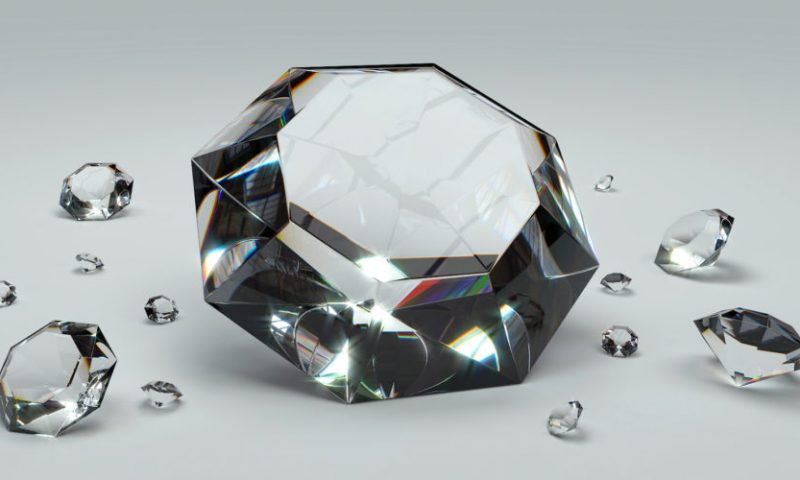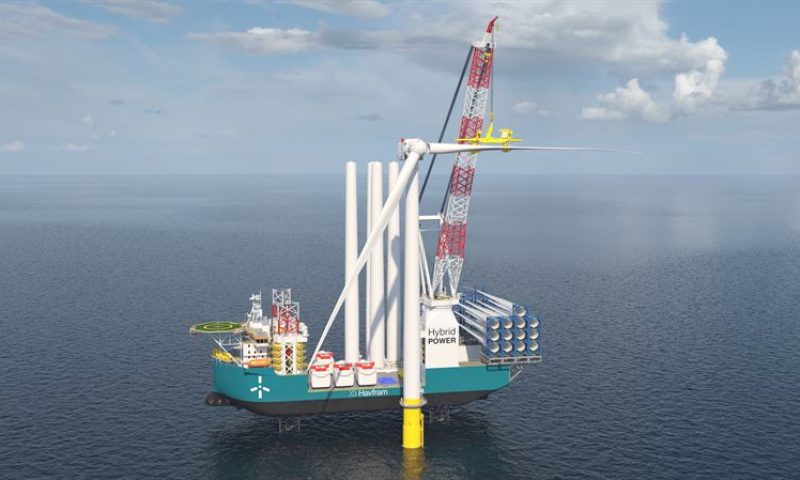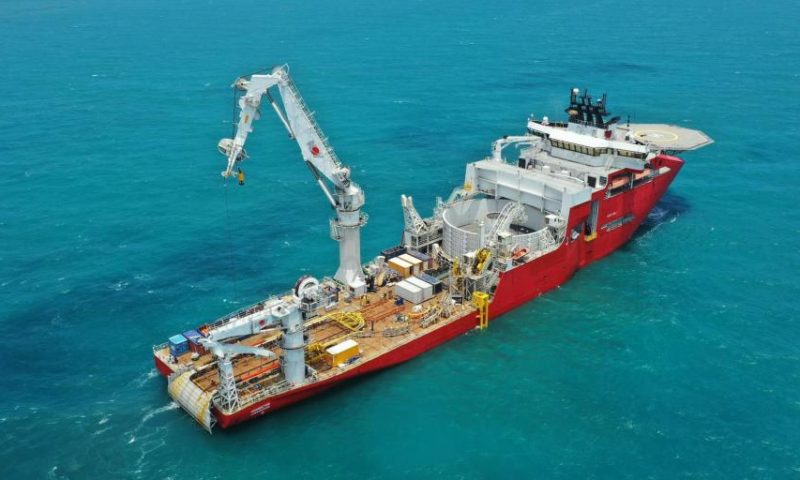
Nuclear Waste Could be Recycled for Diamond Battery Power
Work has begun at Berkeley power station in Gloucestershire to remove radioactive waste products from the site as part of its decommissioning programme. To try and reduce the time and cost of this operation, a team of physicists and chemists from the University of Bristol hope to recycle material from the irradiated graphite to generate ultra long-lasting power sources.
Nuclear waste removal at Berkeley and Oldbury
Berkeley power station was decommissioned in 1989 and it has only just become safe to start removing radioactive waste products from the plant. These are currently stored in concrete vaults eight metres underground and require specialist equipment to retrieve and process securely.
The second nuclear station on the bank of the River Severn is Oldbury, which stopped producing electricity in 2012. This site completed defuelling in 2016 is is now in the early decommissioning phase.

The structure of Graphite blocks in a nuclear reactor
These two sites, as well as the reactors at Hinkley Point in Somerset and other decommissioned sites across the UK, hold vast amounts of irradiated graphite that hold the Carbon-14 isotope that could be recycled to generate power.
Diamond batteries to use waste for power
The University of Bristol researchers have grown a man-made diamond that, when placed in a radioactive field, is able to generate a small electrical current. By using Carbon-14 which has a half-life of 5730 years, the batteries could potentially provide power on a near-infinite basis.
This suggests potential applications for medical purposes such as ultra-long lasting batteries for hearing aids or pacemakers. It could even be possible to power spacecraft or satellites for much further travel than is currently possible.
The ultimate aim is to have a factory based at one of the former power stations in the South West that takes Carbon-14 isotopes directly from the graphite blocks for use in diamond batteries. This would significantly reduce the radioactivity of the remaining material, making it easier and safer to manage.












